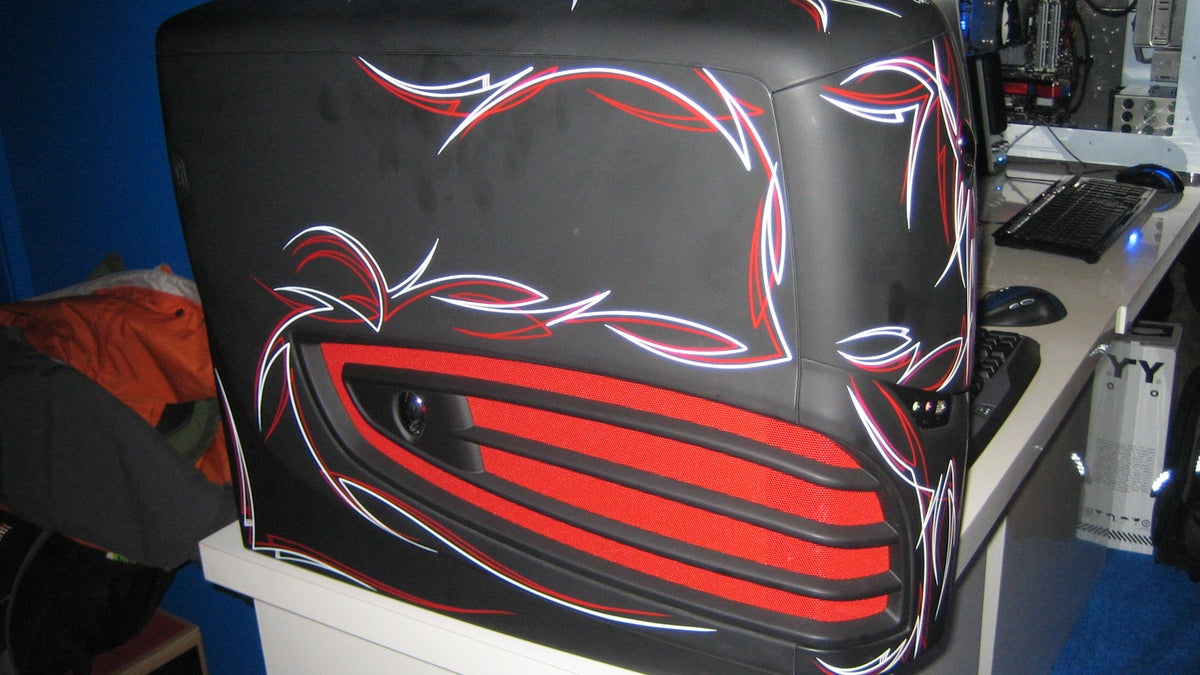New PC platforms from Intel will face hurdles
Intel shows off Skulltrail and X48 chipsets

Intel had three different high-end PCs to show us at the show this morning. Two were based on its forthcoming dual-quad-core enthusiast motherboard, code-named Skulltrail. The other was based on Intel's X48 chipset, which is the 1,600MHz front side bus version of X38, which itself came out last November to coincide with Intel's new
The problem is that each platform is going to be a hard sell, as they're dependent on other technologies to help them achieve their full potential, and that synergy is proving difficult in both cases. Skulltrail especially.
Skulltrail's dependency is software. It's only now that we're starting to see games and other applications take full advantage of quad-core CPUs. But because
X48's problem is less difficult. The basic problem is that Nvidia mostly keeps its dual graphics card SLI technology to itself. That leaves Intel with ATI's CrossFire, which is a fine competitor to SLI technologically, but ATI hasn't released fast enough Radeon graphics cards to compete with the highest-end GeForces from Nvidia. Thus, the best pair of 3D cards from Nvidia will always beat the best pair from ATI, at least today.
We hear R680, code for a forthcoming high-end graphics chip from ATI, will bring ATI back to high-end competition. But until that happens (and assuming Nvidia makes no similar updates, a bet we wouldn't take), any desktop based on Intel's X48 chipset will only be able to compete on CPU speed. It will always lose out on 3D power because right now Crossfire can't compete with SLI on the high-end. Skulltrail, for its part, doesn't have that issue, because Intel was able to make it both SLI and Crossfire capable.
While Intel's high-end platforms have some hurdles to overcome, we still saw some things we liked. Although it requires two fans and a 1,200-watt power supply, the Skulltrail system interior we saw looked relatively tidy, a vast improvement over

